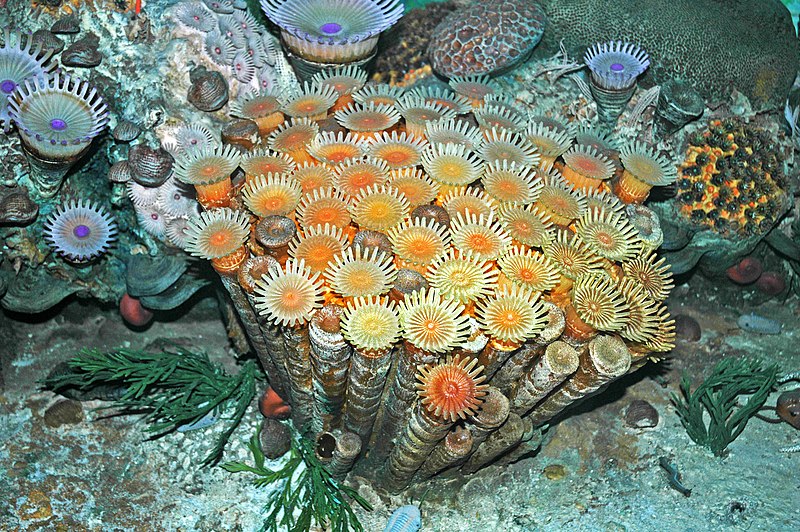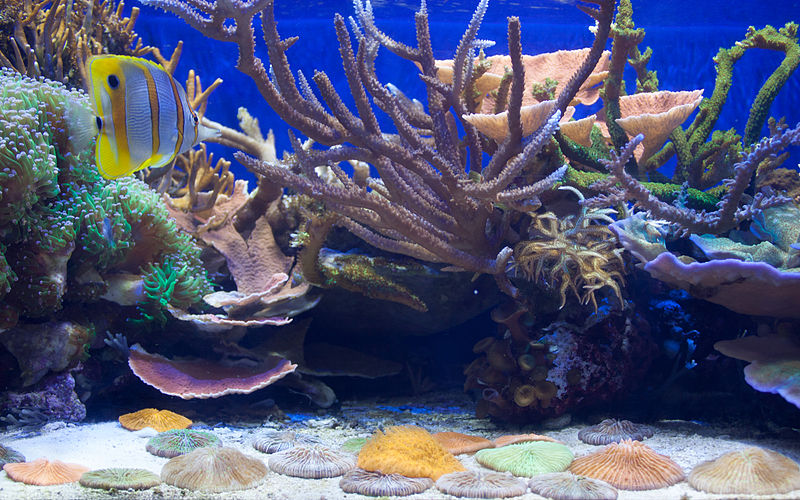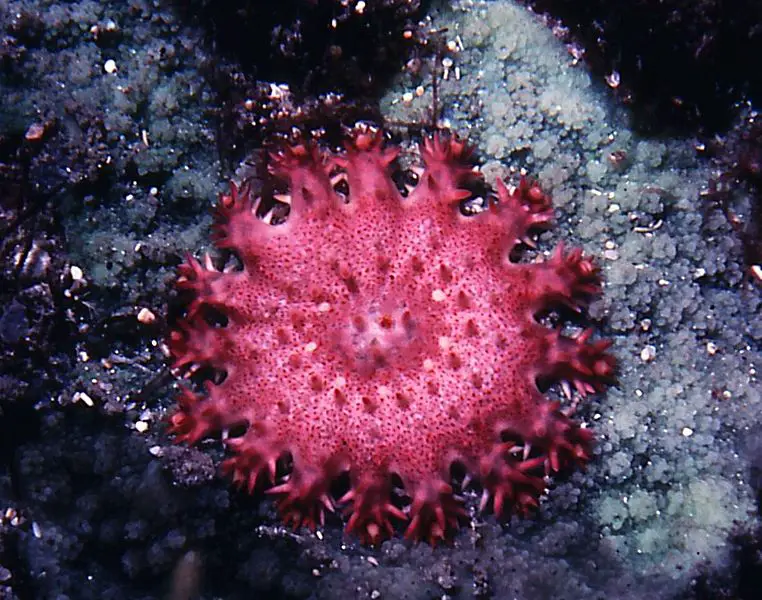Corals are one of the wonders of the sea. They’re known for many things, including their beauty and their long lifespan. But how long exactly can coral live?
Scientists believe corals can live up to 5,000 years. It must have the right conditions for this, however, which is growing more and more difficult due to climate change and other issues.
The rest of this article will go into detail on what exactly coral is, the oldest known coral – and what it takes for a coral to be able to live that long, as well as the biggest threats to coral reefs today.
How old is the oldest coral?
The longest known lifespan of a coral is currently 4,270 years. And under the right conditions, scientists estimate that corals can live up to 5,000 years.
This means they are the longest living animal of all time. And theoretically, a coral colony could live forever, as long as the corals within it continued to reproduce.
For coral to be able to live that long, the ocean they inhabit must satisfy a few conditions.
- The water needs to be clear, so the coral has access to the sunlight it needs to live.
- The water must be saltwater, ideally somewhere between 32 and 42 parts per thousand.
- The water must be warm (though not too warm!) – Between 64°F and 104°F (18°C – 40°C) at the most extreme. The ideal temperature, however, is generally somewhere between 73°F and 84°F (23°C – 29°C)
With these conditions, most coral find a home in shallow, tropical ocean water. There are exceptions, of course (for example, some corals don’t need sunlight and can live much deeper), but that’s where you’ll find the majority of coral.
What Is a Coral?
Wait, the longest living animal? That’s right – contrary to what you might think, coral is actually an animal and not a plant. In fact, they’re actually in the same family as both sea anemones and jellyfish.
However, coral (the animal, also known as a polyp) has a symbiotic relationship with a type of algae. Colonies made up of these two organisms are also referred to as ‘coral’, and of course, these colonies are partially made up of plants.
So thinking of coral as a plant isn’t completely inaccurate, but it’s not entirely correct either.
The Algae-Coral Symbiotic Relationship
A symbiotic relationship is a relationship between two organisms, where both offer something of value to the other. So how does that come into play here?
Well, coral feeds on sunlight (though some can also ‘hunt’ for plankton and other small organisms). However, as it is not a plant, it cannot photosynthesize on its own.
This is where the algae – a single celled organism called zooxanthellae – comes in. Quite literally, in this case.
The coral houses the algae within its cell tissues, giving it a place to live. And in return, the algae performs photosynthesis for the coral, so it can eat. Win-win!
Types of Corals
There are four main types of corals that generally appear in a reef:
- Stony coral, or hard coral – grows a skeletal structure that supports the structure of the reef as a whole.
- Soft corals (octocorals) – do not have a skeletal structure, hence their name. Feed on sunlight through algae called zooxanthellae.
- Fire corals (hydrocorals) – have stinging cells which cause a feeling of burning.
- Black corals (antipatharians) – similar to soft corals, but don’t have the symbiotic relationship with zooxanthellae that most soft corals do.
How long can coral reefs survive?
Coral reefs are made up of millions of individual polyps that create a structure out of calcium. They house all kinds of marine life, both big and small. They’re incredibly important and helpful to the world’s ecosystem, for many reasons:
- Coral reefs are home to approximately 25% of marine life on Earth – including 4,000 different species of fish!
- By extension, they help provide food for humans (specifically, the fish many humans eat that are found in coral reefs).
- Coral reefs can help prevent the erosion of coasts, and help protect them from storms.
- The corals that feed on surrounding organisms help keep the water extremely clear (which in turn makes it easier for them to get the sunlight they need).
Dangers to Coral
Corals are incredibly hardy, and are capable of surviving a lot. However, there are still a few things that threaten their survival – so much so that they are currently an endangered species.
Climate Change
As mentioned before, coral depend on zooxanthellae to be able to eat. However, when the water is too warm, the algae begins excreting toxins – which, of course, the coral doesn’t like.
The coral goes through a process of bleaching that kicks out the algae. This is where the white color of dead coral comes from.
Without the zooxanthellae, the coral can’t eat. So unless the algae returns – which will only happen if the water cools down – the coral will die.
This is a big deal not only because of the beauty of coral reefs, but also due to how important coral is to the ecosystem. Coral reefs house fish and other organisms, all of which would have nowhere to live if the coral reef they call home were to die.
Other Threats
While climate change is the biggest danger to coral reefs currently, there are certainly others as well. These include:
- Pollution
- Overfishing
- Coral mining
- Canal digging
- Disease
Even if the items on this list aren’t as major as climate change, they should still be taken seriously. Every effort should be made to protect coral reefs, considering how important they are.
In Summary
Luckily, corals are tough, and likely won’t be wiped out completely by climate change. But that doesn’t mean we shouldn’t do our best to protect them.
Corals are an extremely important part of our ecosystem, and with the right conditions, can live for thousands of years. It’s our job to make sure we create a world where coral can not just survive, but thrive.



